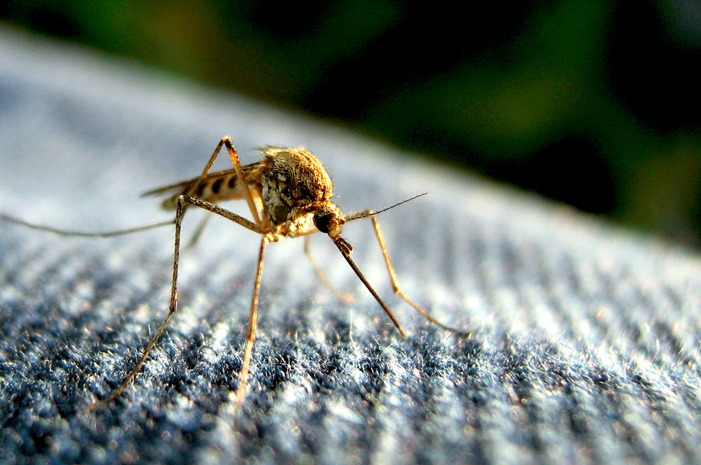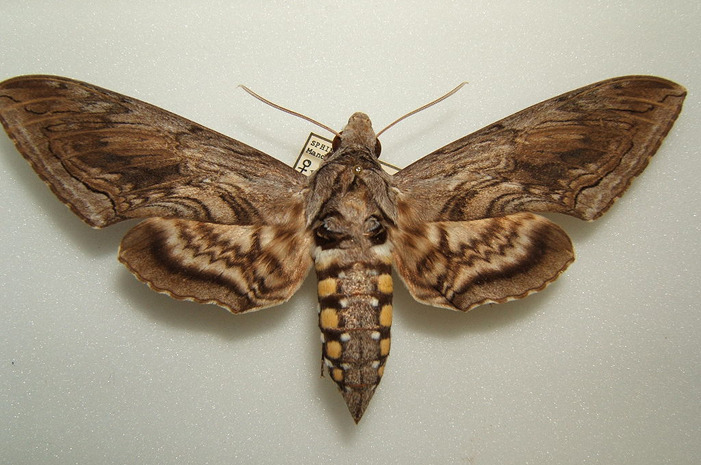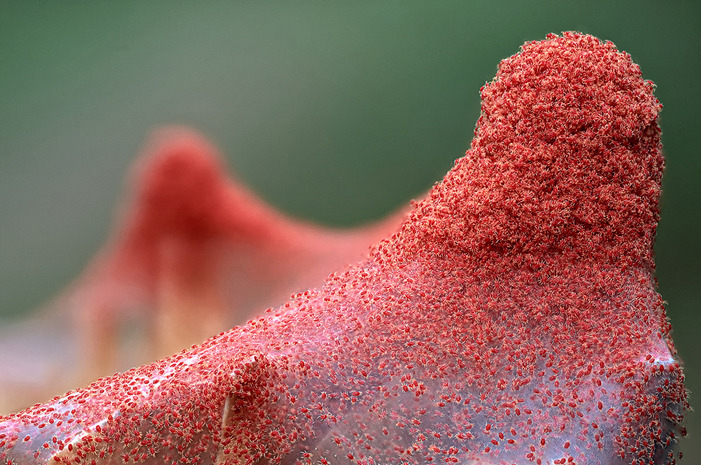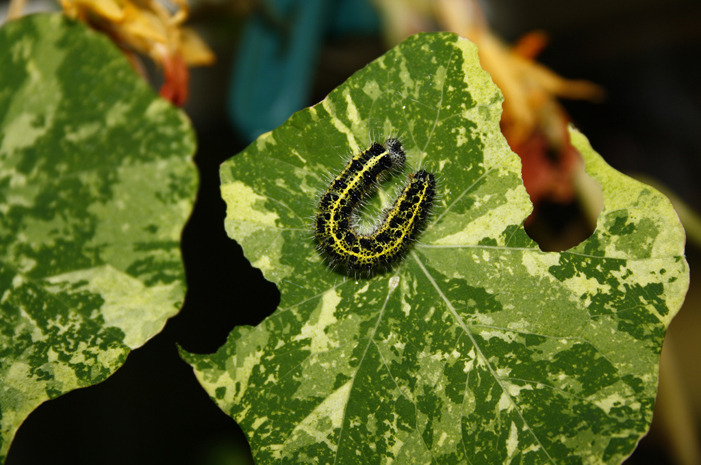The 15 Most Dangerous Springtime Pests And Problems
You may think of mosquitos as just an annoying pest that will make you itch with a bite, but they can actually be very dangerous. In the U.S., the West Nile virus is becoming increasingly more common. Other diseases mosquitos transmit include dengue fever, malaria, and chikungunya. Almost all of these diseases result in flu-like symptoms and some can be deadly if a doctor is not seen immediately. If you decide to go outdoors, make sure you use insect repellant and keep your skin covered as much as possible.
Ants
Springtime is when those tiny creatures come out and swarm the earth. Ants are one of the most common insects homeowners complain to pest management about. According to pestworld.org, "in the recent NPMA survey of PMPs, carpenter ants, odorous house ants, and pavement ants were the three most cited as structural and nuisance pest ants." Tip: Keep ants away by drawing a line of chalk around your homes entry point. The aunts will be repelled by the calcium carbonate (Reader's Digest).
Box Sucker
As the Royal Horticultural Society explains, the "Box sucker is a sap-sucking insect, also known as box psyllid, that feeds at the shoot tips of box plants in spring." It causes the leaves to become cup shapes, and they leave waxy white material on the foliage.
Viburnum Leaf Beetle
The viburnum leaf beetle has become a problem in nurseries and landscapes. It feeds on viburnum (which appears on 150-175 species of shrubs). Early spring is the time to begin managing this issue. Examine young twigs for egg sites that seem to swell and lose their covers as the air temperature increases. Then make sure you prune out and destroy infested twigs before egg hatch (PennState).
House flies
House flies are one of the most annoying and disgusting pests during the spring. According to encyclopedia.com, house flies carry "bacteria and protozoans that cause many serious diseases, e.g., typhoid fever, cholera, and dysentery." They also explain, "disease is also transmitted on the fly's sticky foot pads and hairy body. Each female lays from 100 to 200 eggs in the garbage or manure on which the white larvae feed. "That being said, make sure you inspect the outside of your house and seal up any openings that the flies may be able to sneak through.
Tomato Moth
Also known as the tomato hornworm. It's a green moth caterpillar that can grow 4-5 inches long. Luckily, the pest is harmless, it won't sting you. But keep a good lookout in your garden. True to its name, the tomato moth loves to feed on tomato plants.
Ticks
Ticks are one of the most dangerous springtime pests. Be careful on any outdoor excursions such as camping and hiking through grassy, wooded places surrounded by wild animals and birds. Tick bites are easy to get and difficult to notice. They stick themselves into your skin and feed on your blood. If you find a tick on you, remove it as soon as possible. If you wait too long, infection can occur. If not treated immediately, tick-bourne diseases may occur, which include Lyme disease; tularemia; relapsing fever; rocky mountain spotted fever; Colorado tick fever; and babesiosis (WebMD).
Earwig
Earwigs like to come out at night, and during the day you will find them in damp areas. There are more than 20 species of earwigs in the U.S. Make sure you are protecting your garden because earwigs like to eat plants and other insects, and spring is the season to be on high alert. Orkin explains, "Earwigs can infest many different areas in a home. Because of that, it may be necessary to use several insecticide products to control them effectively. A pest control professional will have the products and equipment to control earwigs effectively."
Bees and Wasps
Although bees can be helpful by pollinating plants and wasps threaten insects harmful to crops, they can be a danger to humans. According to Illinois Department of Public Health, "each year, 50 to 100 people die from bee and wasp stings. Most die from an allergic reaction to venom within one hour of being stung. About 1 percent of the population is allergic to bee and wasp venom."
Spider Mites
Spider mites harm vegetation and sometimes damage foliage. They are closely related to daddy-longlegs, ticks and scorpions. They are very hard to notice so pay close attention when encountering leaves as spider mites' eggs are commonly found there. Check your plants regularly to ensure there isn't a spider mites infestation.
Whitefly
Whiteflies are very dangerous to agricultural crops. According to Hoffer Pest Solutions, "Whiteflies use their specialized mouthparts to pierce the skin of the plants causing the leaves to turn a yellowish color and eventually fall off." They also explain, "these pests are known for causing hundreds of millions of dollars in loss in the agricultural industry." It's difficult to prevent whiteflies from infesting your crops. When you start seeing them, call a professional pest control company immediately.
Cabbage White Caterpillars
Young Cabbage White caterpillars feed on the undersides of leaves, while older caterpillars feed on the upper side and rest along leaf veins. They have been known to cause extensive damage to cabbage or radish crops if they invade in large numbers (fcps.edu).
Spiders
For some of us, just hearing the word spider gives us the chills. The warm weather is here which means spiders are likely to begin roaming around again. There are many different types of spiders, some more dangerous than others. Some of these include the Black Widow Spider which can be found in woodpiles and garages, it is highly venomous and can result in death. Mouse spiders which can be found on open ground after rain, it has large fangs which result in a painful bite. Black House Spiders which are commonly found in gutters, sheds and toilets, and can cause severe pain and nausea if you're bitten (termite.com). The Yellow Sac Spider, comes out and night and like to roam around walls and ceilings in the spring.
Termites
Termites are one of the most common springtime pests, and also among the most destructive. According to pestworld.org, "termites have been around for more than 120 million years. They are social insects and live in colonies that are usually located in the ground or in wood. Termites feed on the cellulose in wood and wood by-products, such as paper." They are not a threat to humans, but they are a threat to human homes. It is estimated that termites cause $5 billion in property damage yearly.
Centipedes
If you see a centipede... run! Centipedes have extremely dangerous venom. Although a bite is not deadly, it can cause tremendous pain. You may experience symptoms of sweating, intense itching, headache, nausea, palpitations, and swollen lymph glands.




